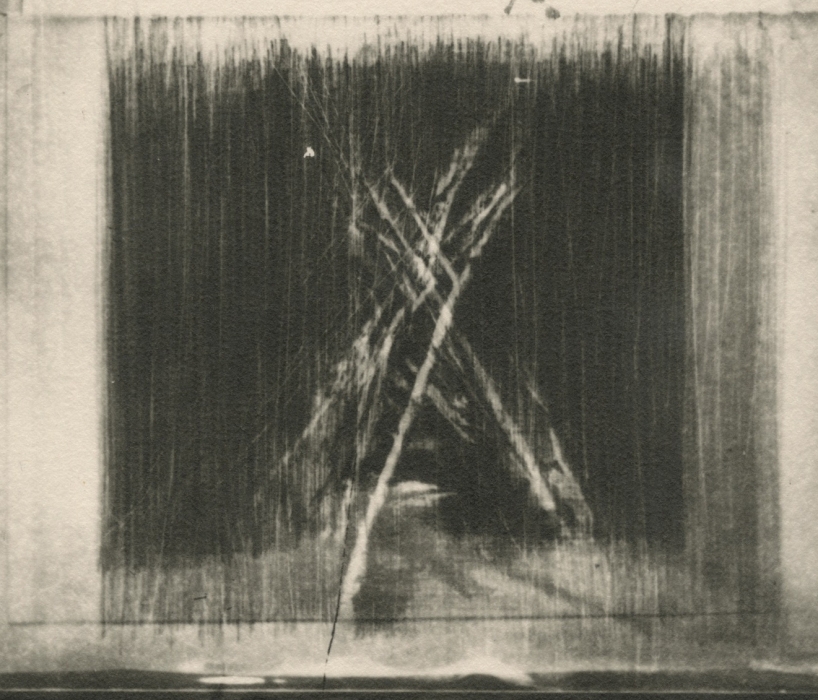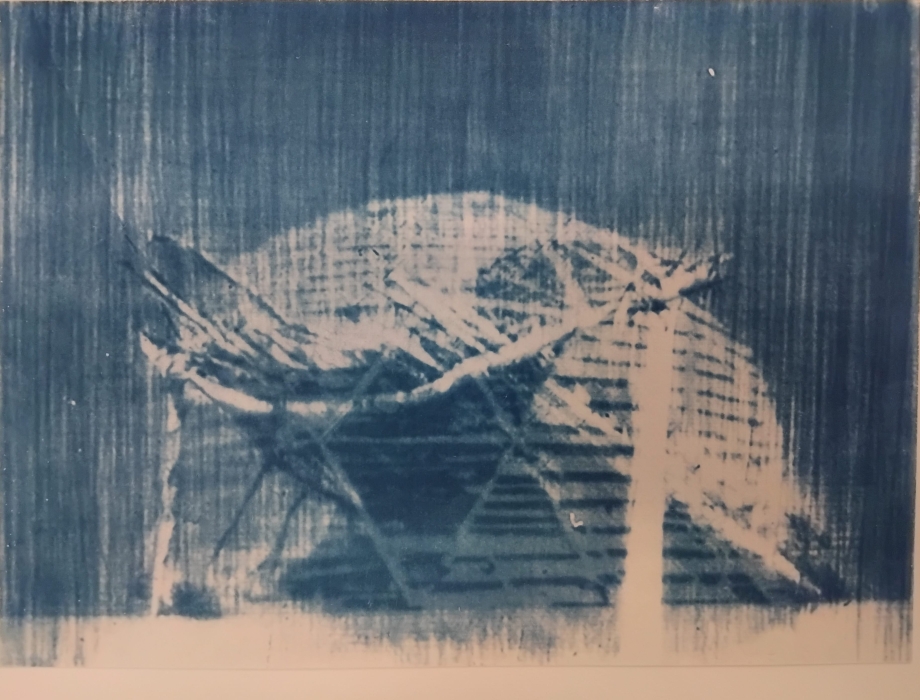Experimental Darkroom
I have started to develop a looseness and energy into my way of working and developing new mechanisms and approaches to embrace this. I was introduced to the photographic Wet Plate Collodion process as a way to photograph and document my Shelter drawings.
The glass negative plates are then overlayed and scanned, sections of the image become covered or revealed, enhancing figurative elements and abstracting others. This created abstracted imagery giving a sense of transition and flux in their creation.
This transience and state of change offers a duality in that the structures themselves are being built for protection but are also temporary and will disappear.
I wanted to embrace Wet plate Collodions inherent material qualities as part of my inter-disciplinary practice. The collodions are then drawn and scanned retaining the mistakes and flaws in the developing process, celebrating and bringing forward these incidental marks and making the technical glitch more visible and embedded in the work.
Like the etching process this has created an autonomy and uniqueness within the work embracing the crafted, handmade and chance.
The primacy of looking and the progressive withdrawal from topographical detail allowing abstraction to play more of a role.
The visual accuracy of photography has given way to something new and more personal.
There has become a clear correlation between my past use of etching to discuss contemporary themes and the use of an historic analogue photographic process such as wet plate collodion to further discuss related themes around Isolation and boundaries.
This relates back to my past influence of Hauntology and looking to past processes integrating both conceptual ideas and process qualities.











